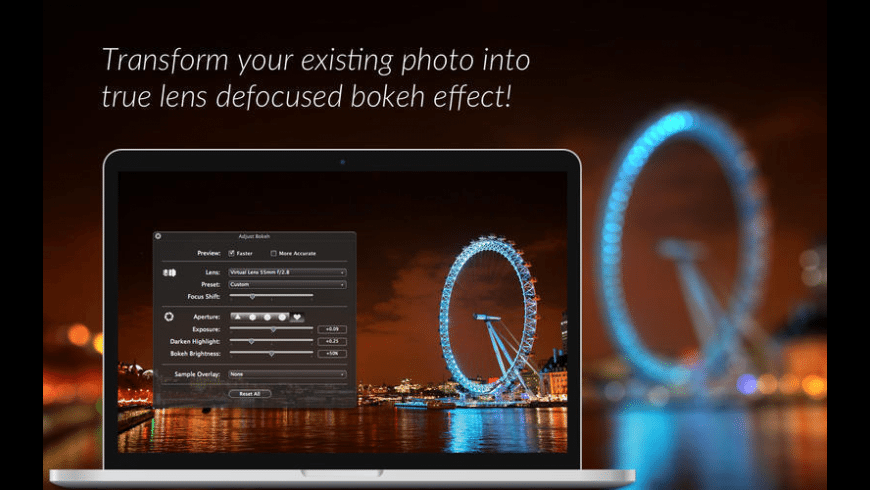

In addition, soft focus filters differ from soft focus lenses in that they do not change depth of field. As soft rendering is what photographers are really looking for, bokeh degradation is the flaw to be most avoided. This is one of the drawbacks of soft focus filters. What's more, this tendency occurs with both foreground and background blur. This phenomenon is an important factor with what is known as double-line bokeh. Point image intensity distribution generates great peaks and lows, as well as edges, in the flare generated, even at the image point. This can be clarified if we look at point image intensity distribution. Therefore, the scratches or unevenness are visible in bokeh. However, the scratches or uneven texturing on the surface of filters are reflected as pupil shadow. While soft focus lenses use spherical aberration to generate flare, soft focus filters used tiny scratches or lenses formed with an uneven texture similar to drops of water on a smooth surface to generate flare. It is thought that soft focus filters were the result of the further development of this technique. Originally, the end of the lens was covered with a gauze-like material to create a softening effect. Softening techniques first used in the film and commercial photography industries took the world by storm. What is a soft focus filter?Īttachments (filters) that soften focus also have a long history. With soft focus lenses, the aperture setting has less to do with exposure than it does with adjusting the degree of softening performed. Another feature of these lenses is that the degree of softening can be reduced by stopping down the aperture, for results similar to those achieved with a lens that offers sharper rendering.

They also offer a very deep depth of field. The primary feature of soft focus lenses is their ability to generate beautiful flare that softens portions that are in-focus, and blur characteristics, or bokeh, in portions that are out-of-focus.

This lens is considered the father of current soft focus lenses. By allowing aberration, including spherical aberration, to remain, flare was generated optically. This lens, constructed of three elements in two groups, utilized existing aberration to soften photographs. The first soft focus lens that I know of was the Verito Diffused Focus 6 inch f/4, released by the American company, Wollensak, in 1920. Contrast is also reduced, and flare is used to create a veil effect in resulting photographs. The primary characteristic of soft focus is that resolution is slightly blurred in portions that are in sharp focus. In cases like this, soft focus lenses or filters are often preferred. Lenses, such as Micro NIKKOR lenses, capable of faithfully reproducing every pore on a human face sometimes reveal blemishes or flaws in the photographic subject. However, lenses that ensure sharp focus are not always best for portraits and photography of articles or goods. Normally, sharp and clear rendering is preferred for photographic lenses. This tale brings the secrets of Soft Focus Filters to light. What were the objectives of the designer? Is the essential rendering of these filters pleasing? Let's take a look at the thoughts of the designers, and episodes that arose, in the development of soft focus filters. These soft focus filters were manufactured using unique technologies not used with other types of filters. This tale presents Nikon soft focus filters, which offered very distinct characteristics. This is because filters manufactured by Nikon are marketed based on the same refined design concept as NIKKOR lenses. You may say that filters are "just filters", but they should not be so readily dismissed. If we follow the history of the development of filters at that time, the names of past lens designers pop up one after the other. While you may think that "NIKKOR" does not apply to filters, as a matter of fact, filters developed by Nippon Kogaku were marketed with the name Nikkor Filter.

A Tribute to Soft Focus Nikon Soft Focus Filters Soft 1 and Soft 2


 0 kommentar(er)
0 kommentar(er)
